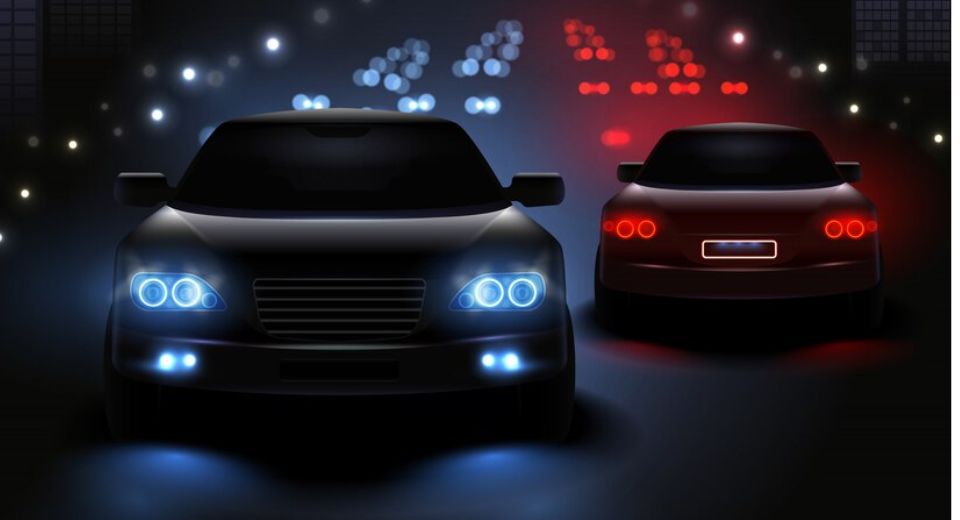
Nov 28, 2024

The latest report by Metastat Insight on the Global Vehicle LED Lighting Market shows a sea change in automotive lighting technology, backed by innovation and changing consumer preferences. What once was the niche market has now integrated itself into the modern design and function of an automobile. As the industry is embracing energy efficiency and superior performance, LED lighting solutions provide cost savings, long life, and ease in various applications. The trend is a fitting example of technology integration from a broader perspective within the automotive sector.
LED lighting solutions have found attention due to superior performance over the conventional halogen and xenon lights. Automotive manufacturers are now embracing LED solutions not only for its energy efficiency but also for its design flexibility and enhanced visibility. These lighting systems can be designed to give a specific pattern of illumination, which means that it is both safer and more aesthetically pleasing. Moreover, because they can function in different environments, these are highly desired in many markets worldwide. The application of LED light in automobiles is not limited to the headlamps only but also includes taillamps, interior lighting, and adaptive lights, which further justifies its usage.
The adoption rate of electric and hybrid vehicles has increased the use of LED lighting within the automotive sector. Electric and hybrid vehicles are energy conservatives, and hence, their car parts must go in tandem with their purpose of saving the energy. The most iconic example of this is LED lighting, which consumes lesser wattage without losing any brightness or performing capabilities. Adaptive head lamps and matrix LED lamps represent smart lighting systems made possible through one more development with respect to LED technology whereby they actually adjust illumination upon changing conditions. These innovations shall give car lighting a responsive makeover.
Key Asia-Pacific, North American and European Markets Have Adopted LED Illumination for New Car/Light Vehicle Sale. This is largely driven more by the collective effect of demand and regulation. Many countries have now compelled the government to impose strict requirements on safety and energy efficiency related to vehicles, and LED lighting systems have emerged as an area through which manufacturers have to follow the trend. This along with the rising disposable incomes in emerging economies has boosted the demand for premium vehicles many of which are equipped with advanced lighting features. These dynamics have collectively driven the growth of the LED lighting segment in the automotive industry.
Technological influences aside, consumer and regulatory influences play a phenomenal role. Companies that are heavily investing in research and development have pushed the boundaries of what has been possible with LED lighting. Now, it is possible to have systems that are both brighter and more efficient while also being more customizable. For instance, the introduction of RGB LED technology has enabled personalized interior lighting options, where drivers can set mood lighting according to their preferences. Such technologies give such vehicles a look and feel and also make them more accessible to the techno-aware consumers that require both utility and appeal.
The other impact of this Global Vehicle LED Lighting Market would be on the aftermarket players. More recently, mainstream acceptability of LED lighting has made manufacturers begin providing aftermarkets or economical upgrade options for autos. The result of this trend has been the ability of older-vehicle owners to benefit from the advances in LED technology without necessarily purchasing a new car. Popularity in regions where the culture of vehicle customization is high results in more penetration. The big variety in the aftermarket has thus created a lively ecosystem that promotes innovation and competition.
However, there are still challenges to be faced by the market. LEDs cost more than traditional lighting systems to set up and hence pose a significant barrier to adoption, especially in price-sensitive markets. Technical challenges in heat management and compatibility with existing vehicle systems are also on-going. However, long-term cost savings and performance benefits are slowly swinging the balance in favor of LEDs, and adoption rates will continue to grow steadily.
Prospects in the market look bright due to more consumer awareness and the innovatory efforts of manufacturers towards widening the scope of capabilities from LED lighting. Since it promotes road safety, diminishes environmental impact, and provides a wholesome driving experience, the prospects for its relevance in the automotive industries for long are there with LED lighting. It relates to the importance of being energy efficient and hence becomes integral to the evolution of an automotive industry.
The Global Vehicle LED Lighting Market, according to metastat insight, depicts exactly how this is a dynamic element evolving in this industry. Where a focus is on innovation and a healthy future of sustainability, and not just manufacturing, regulation or a consumer perspective, will result in an ever-increasing dominance in automotive innovation by focusing LED lighting systems.
Drop us an email at:
Call us on:
+1 214 613 5758
+91 73850 57479